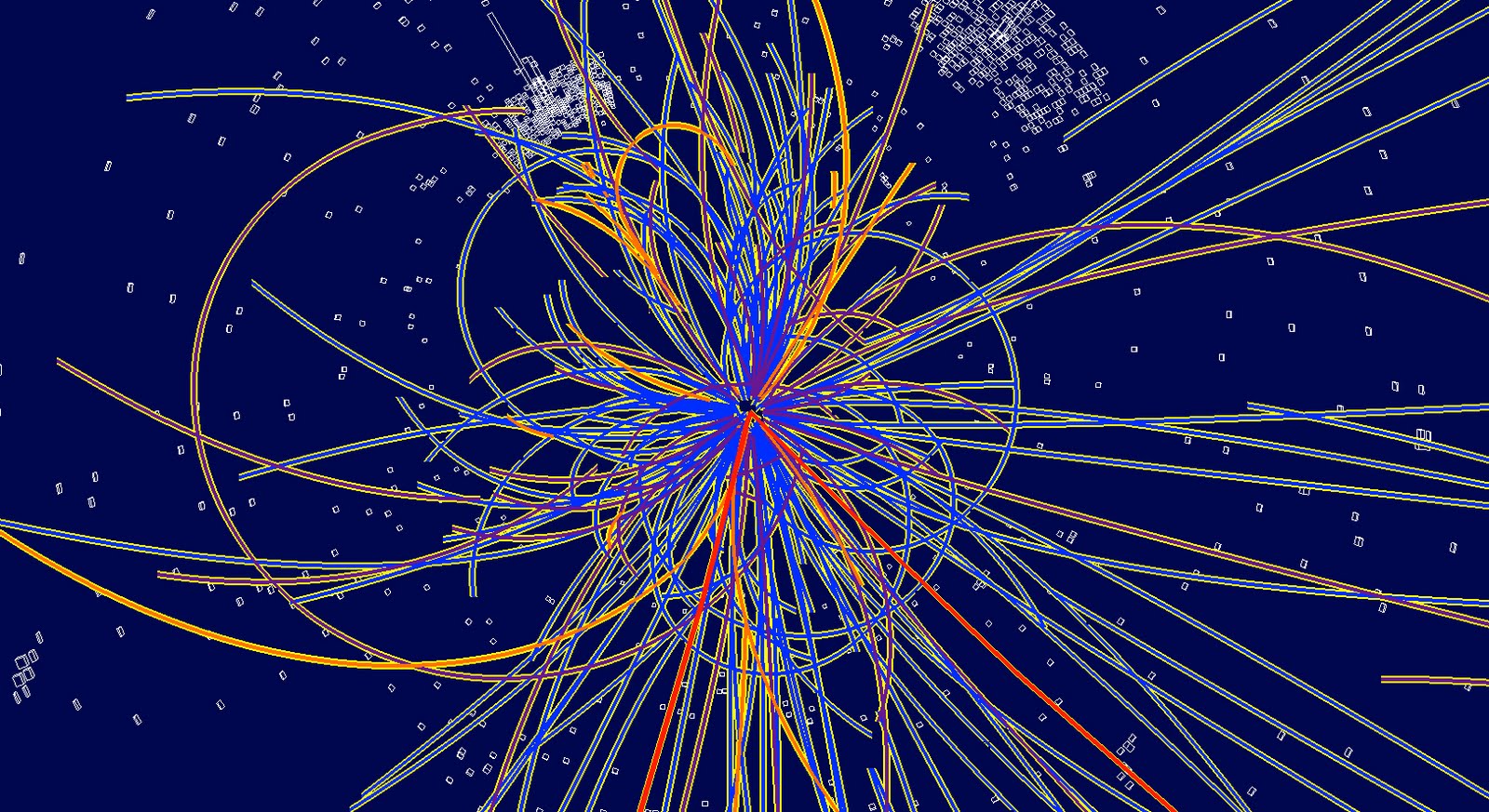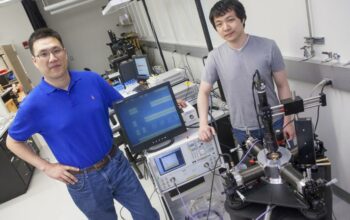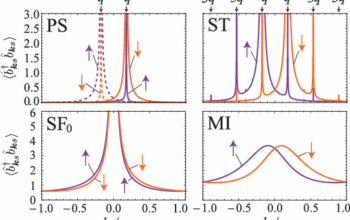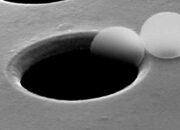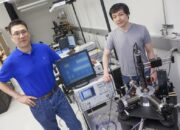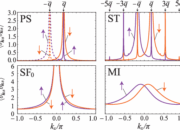The quest for understanding the fundamental structure of matter has long captivated the scientific community. Among the various particles that constitute our universe, the Higgs boson emerges as a focal point. Its existence was posited by the Standard Model of particle physics to explain how particles acquire mass through the Higgs mechanism. Despite its elusive nature, advancements in experimental physics continue to enhance our comprehension of this particle, particularly regarding its mass. Recently, notable progress has been made by Fermilab, narrowing down the mass of the Higgs boson, thereby providing further clarity on its properties and implications for the Standard Model.
Fermilab, officially known as the Fermi National Accelerator Laboratory, has been at the forefront of particle physics research since its inception. With its numerous particle accelerators and experimental setups, it has provided valuable insights into the subatomic realm. The recent findings from Fermilab stem from meticulous measurements obtained from the Tevatron collider and, more recently, from the upgraded Muon g-2 experiment. This scientific inquiry contributes to an ever-expanding repository of knowledge regarding the Higgs boson.
To understand the significance of Fermilab’s findings, it is crucial to grasp the importance of the Higgs boson mass in contemporary physics. The mass of the Higgs boson is a pivotal parameter within the Standard Model, influencing the behavior of other particles. Its specific mass value can provide insights into concepts such as electroweak symmetry breaking and the stability of the universe. Moreover, the Higgs boson serves as a bridge to explore beyond the Standard Model, particularly in the realms of supersymmetry and dark matter. Understanding its mass can thus offer crucial clues to a more comprehensive understanding of the universe.
The methodologies employed by Fermilab to narrow down the Higgs boson mass were both innovative and rigorous. Utilizing data from the Muon g-2 experiment, researchers measured the anomalous magnetic moment of the muon, a particle closely related to the Higgs boson through the electroweak interaction. The results indicate a deviation from expected predictions based on the Standard Model, suggesting that new physics may be at play. This nexus of measurement highlights the interconnected nature of particle physics and the profound implications of the Higgs mass.
As Fermilab refined its measurements, the mass of the Higgs boson was scrutinized through a combination of statistical analyses and theoretical predictions. Experimental uncertainties, commonly referred to in scientific literature as systemic error, played a pivotal role in shaping the outcome of the analysis. The collaboration among physicists—often transcending national borders—facilitated data sharing and method discussions, which resulted in a fortified consensus on the Higgs mass value. The amalgamation of diverse methodologies offers a holistic view of the Higgs boson mass in the contemporary scientific narrative.
However, the implications of narrowing down the Higgs boson mass reach far beyond enhanced theoretical knowledge. It opens new avenues for future research, guiding subsequent experiments and formulating hypotheses that can be tested in collider facilities. Enhanced precision in mass measurements agitates the field, urging scientists to refine existing models or develop alternative frameworks that might encompass new physics. This is particularly crucial given the burgeoning interest in phenomena such as dark matter and dark energy, which have yet to be fully integrated into the Standard Model.
The narrowing of the Higgs boson mass also serves to reinvigorate the discussion surrounding the validity of the Standard Model. While it has been extraordinarily successful in predicting particle interactions, acknowledging the mass of the Higgs boson as a crucial parameter is vital for probing its limitations. Future discrepancies in experimental results compared to theoretical predictions could signal the existence of new particles, forces, or principles yet to be discovered. In this sense, Fermilab’s measurements embody a beacon of hope for physicists who strive to unify fundamental forces and delineate the configuration of our universe.
Moreover, these revelations have significant pedagogical implications. By elucidating the intricacies of the Higgs boson and its mass, educators and communicators can foster a greater public understanding of particle physics. Enhanced knowledge about fundamental particles emboldens the broader scientific community, inspiring a new generation of students in STEM fields. As knowledge disseminates, it ensures that the enthusiasm surrounding discoveries in particle physics remains palpable and influential.
Certainly, the path toward a more profound understanding of the Higgs boson is fraught with challenges. The search for corroborative evidence that aligns with Fermilab’s measurements is paramount, especially as advancements in collider technology burgeon. The need for collaboration among global research institutions increases as scientists strive to confirm these findings and embark upon the next phase of inquiry.
In conclusion, Fermilab’s recent endeavors in narrowing down the Higgs boson mass represent a significant stride in the field of particle physics. These findings not only fortify the existing framework of the Standard Model but also pave the way for further exploration of beyond-the-Standard-Model phenomena. As physicists continue to elucidate the nature of the universe, the Higgs boson’s mass stands as a pivotal mystery, intricately woven into the fabric of contemporary physics and the relentless pursuit of knowledge that defines scientific inquiry.
